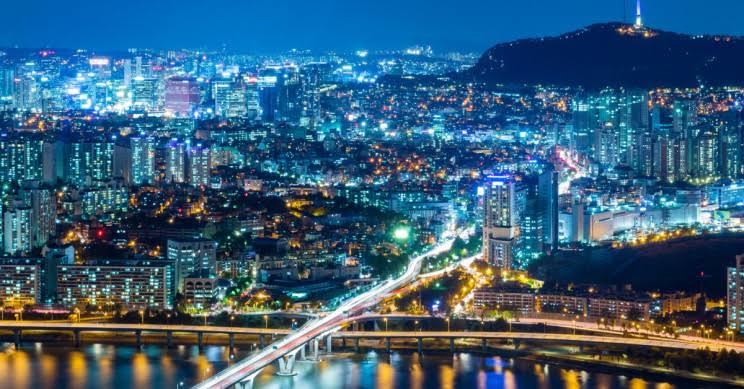Since 1950, cities are taking an unparalleled importance, creating transcendental economic zones. The world has only a handful of truly connected cities, but they are the real centers of flow of goods, services, people, money, data and ideas.
The hyperconnected metropolis, of great demographic and economic power, are building their own network that could pilot world development in the very near future.
Political geography determined the boundaries between countries. Now we have a unique map that stops separating to connect: from nations and borders to infrastructure and supply chains. Cartographic evolution
Problems and disadvantages of megacities
The increase of the population on the planet implies that the human being has passed from the city to the countryside and that the cities have passed from thousands of inhabitants to millions in a few years. The growth stages of traditional cities have burned, moving from cities with a size larger than the original and forming megacities.
One of the effects of this population increase has been the incorporation of nearby cities such as Los Angeles or New York that integrated other cities such as Santa Monica or Brooklyn and that today are the most famous neighborhoods of these large cities.
The challenges facing fast-growing mega-cities, especially in the developing world, are enormous.
Among them is the need to meet the demands of the physical infrastructure in a sustainable way, in which applications of Information Technology can contribute to the improvement in management, planning, and decision making in the context of mega-cities in rapid development.
Pollution is one of the great enemies of human beings and countries like China or India have declared war on it. Pollution levels are so high that in megacities such as Delhi and Beijing all alarms have been raised and have declared the red alert. Worst of all, both megacities are the capitals of two of the most populated countries in the world.
The reality is that a megacity pollutes and has big problems and inconveniences. The evolution of these large cities should tend to be a sustainable megacity. This term implies that cities make great efforts in the fight against pollution and environmental assistance.
The reasons why a large city must be a sustainable megacity are the following:
- Energy saving, large megacities have energy problems. The incorporation of low-polluting vehicles such as bicycles or electric cars reduces energy and pollution.
- The population grows more and more and creates space problems. In addition, the price of housing increases, which implies a greater division of classes. At present, cities like London or Tokyo have major housing problems due to unsustainable price increases.
- Pollution grows every day. In megacities such as Beijing or Delhi, people take to the streets with masks and face shields, and the day they don't use them is rare. As if that were not enough, the sky is always covered with a cloud of dust that does not let the sun see.
- The resources are used indiscriminately, consumption in megacities is excessive which causes a continuous demand for materials and resources (water, technology, energy, transport) to meet the needs of the population.
All of the above should make the world think that the best method for the population to move forward and inhabit these large cities is to make them a better place to live. In short, a sustainable megacity.
- Keys to achieve sustainable cities with the environment
- Energy reduction
- Sustainable development.
- Efficient use of resources.
- Green areas.
- Efficiency and optimization.
These attempts must mark the way to achieve a better planet in which the grandchildren of our children can live.

